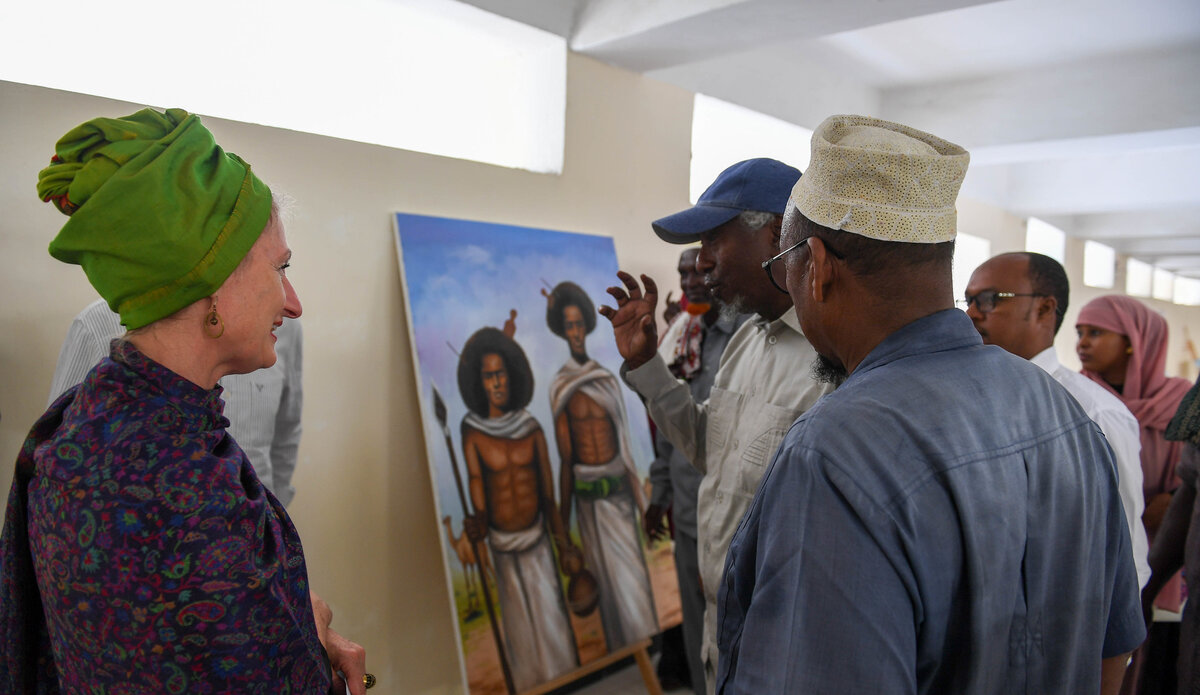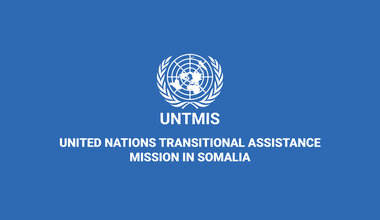Initiative launched to increase understanding of human rights among Somali communities
Mogadishu – Efforts to make the principles of human rights better known and understood among Somalia’s communities received a boost with a multilingual initiative centred on the Universal Declaration of Human Rights (UDHR).
Supported by the United Nations Assistance Mission for Somalia (UNSOM) in collaboration with the National Museum of Somalia, the initiative is simple yet innovative: the UDHR translated into more languages spoken in Somalia - Maadoonte, Chimini, Gare, Jiido, Baajuni, Dabaare and Af Maay.
“The Universal Declaration of Human Rights is inclusive, it is for everybody. The more inclusive we can be in ensuring it is available in different languages, the more inclusive it will be in terms of people understanding that these are their human rights and that they can claim them,” said the Chief of UNSOM’s Human Rights and Protection Group, Kirsten Young.
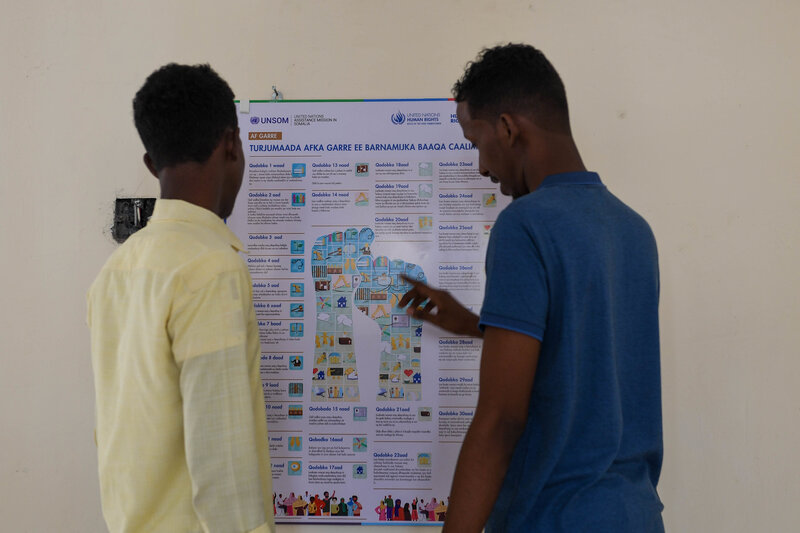
The UN official was speaking at the initiative’s launch at the National Museum of Somalia in Mogadishu. The event was also attended by community representatives and museum officials, and involved presenting the UDHR multilingual versions and artwork that reflects the culture of the linguistic communities to the public.
Language and identity
In her remarks, Ms. Young said that the event was the culmination of a long-running project that involved different communities.
“Language is deeply connected to identity, and an important means of expressing who you are, your history. Understanding the past helps make meaning in the present and given the role of oral history in Somalia, is it reflective of country’s rich diversity and cultural heritage,” she added.
The Director of the National Museum, Osman Geedow Amir, welcomed the initiative that helps individuals and communities understand and take ownership of their rights in their local dialects of Maadoonte, Chimini, Gare, Jiido, Baajuni, Dabaare as well as Af Maay.
He noted that the project was aligned with the institution’s role centred on encouraging unity, bringing communities together and helping them preserve their cultural heritage.
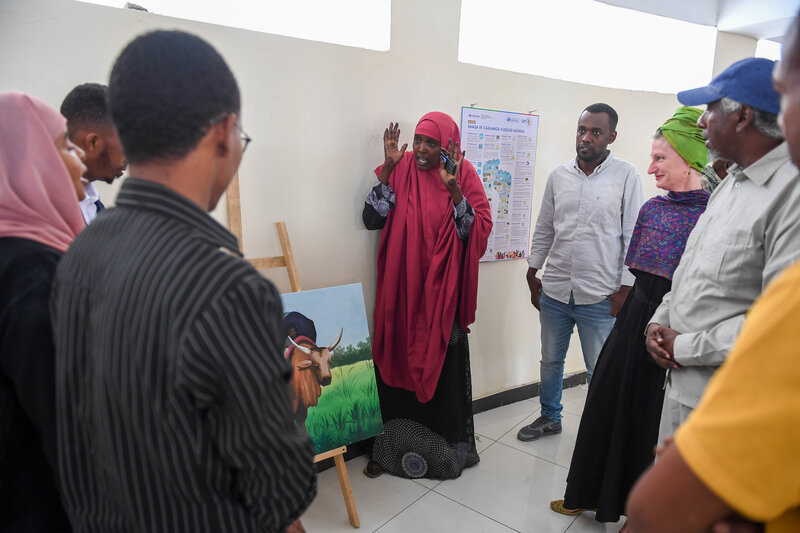
“The public display, which includes the UDHR translated into various dialects, simplifies or localises human rights, which in Somalia have been at times overlooked,” Mr. Amir said.
Amina Mohamed Farah was among the community representatives who attended the event. The UDHR was translated into her native Jiido dialect.
“My people can now better understand the universal human rights and will recognize the inhuman treatment against women, children and elderly women and the rights of the girl child,” she said.
The UDHR, adopted by the UN General Assembly on 10 December 1948, set out for the first time fundamental human rights to be universally protected, and is recognized as having paved the way for the adoption of more than 70 human rights treaties applied today at global and regional levels.
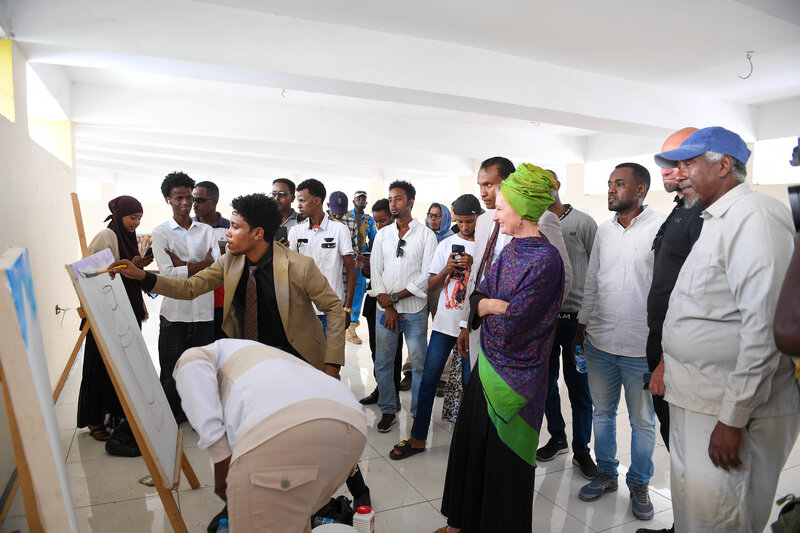
 UN
UN
